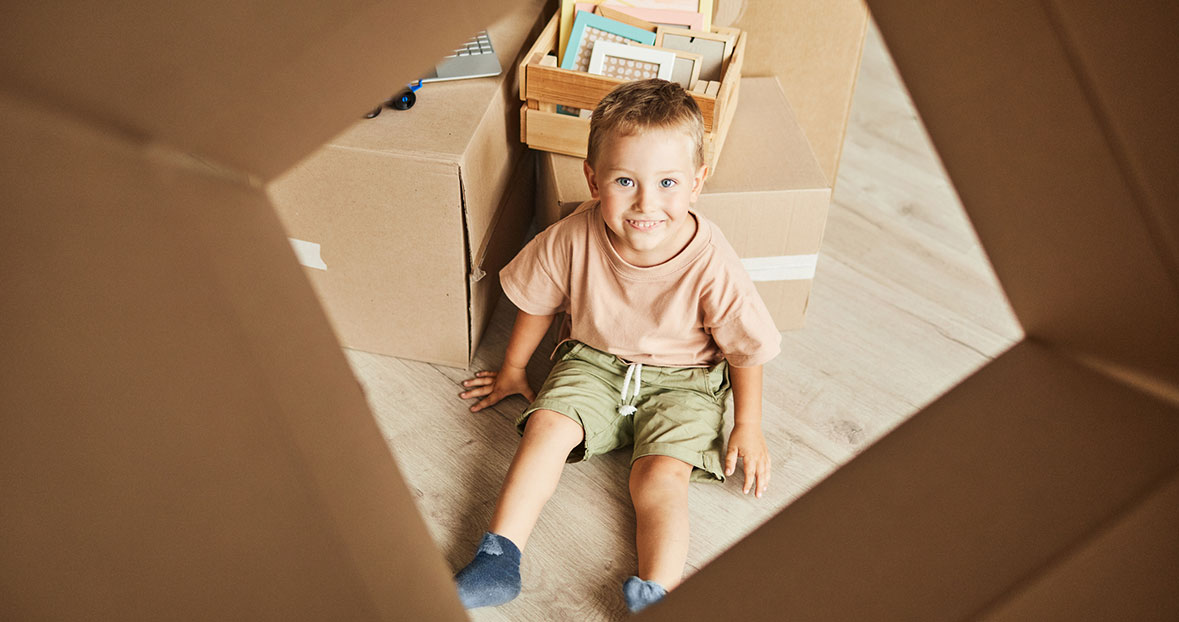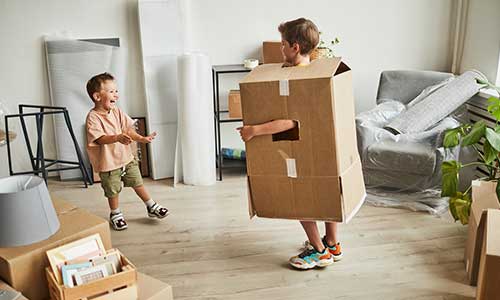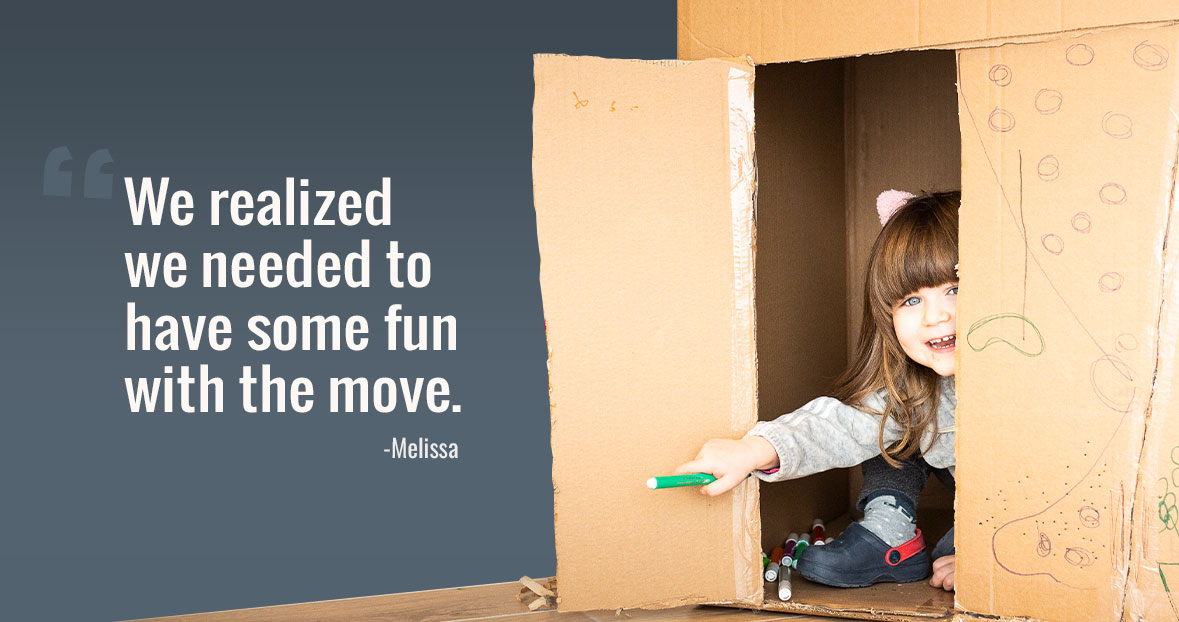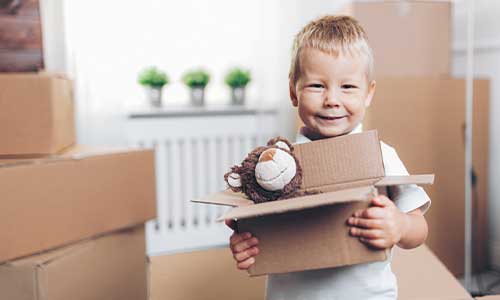INGREDIENTS 2½ tablespoons kosher salt 1 tablespoon dry mustard 1 tablespoon paprika ½ teaspoon cayenne…
Moving With Children: How to Make a Smooth Transition
If you are worried that your child may have trouble adjusting during the move, it might be a good idea to work one-on-one. Moving can sometimes trigger anxiety or depression in young children who are unable to express themselves. Hiring a professional mover allows you to focus more on your child and their adaptation. One of the most useful tips for moving with kids is to have a solid plan.

Preparing for the move with children
One of the most useful tips for moving with kids is to have a solid plan. So, before you start packing and moving items out of your old home, sit down with your family and create a weekly moving plan. To get your kids involved, you can ask them what they think about packing, cleaning, and moving. Then create a daily task list and make sure your family is on the same page to get things done during the week.

Moving with kids is not difficult, as long as you prepare ahead of time and keep the kids busy to relieve the stress. However, if your child is having trouble adjusting after the move, it might be a good idea to work one-on-one. Moving can sometimes trigger anxiety or depression in young children who are unable to express themselves. So, it’s important to discuss the move with them when they need it. Hiring a professional mover allows you to focus more on your child and their adaptation. We take care of heavy lifting, packing, loading and unloading.

Before you prepare to move, talk to your child about the move and the challenges you may face during the move. Then you can start to fix the problem – ahead of time. “It’s much easier to deal with the expected than to be shocked and unprepared for a stressor,” says Jamie Howard, Ph. Clinical researcher healthcare system.

Tips for a smooth transition with primary school aged children
Transition can be difficult. But with a little preparation and flexibility, you can minimize the challenges that transition often presents, help prepare your child for a successful move, and make your life a little easier.
Transition activities are strategies and calming techniques used during classroom transitions to prevent negative behaviors by promoting self-regulation. Young children have not yet developed the ability to handle setbacks and disappointments on their own. They are still learning to control their emotions and control their behavior. The whining, haggling, procrastination or full-blown meltdowns and tantrums that come with transition happen because children feel out of control of their day-to-day lives and are overwhelmed by their emotions. As you’ll soon learn, these behaviors often help to successfully delay or avoid the transition. With our help and a little forethought, kids can learn to navigate the transition successfully.

Use transition objects. For some children, bringing along their special blanket, doll, or stuffed animal can make the transition easier. This is especially true when a child moves from one place to another, such as from home to school or from home to preschool. It’s also helpful to bring along a small photo album or a laminated photo of Mom or Dad.
The information provided within our blogs has been based on rules and regulations issued by Federal Agencies and interpreted for you. Interpretations are not guaranteed, but we attempt to make them easy to understand. Check with us directly and we can clarify any information that pertains to your financing needs.
sources
https://extension.psu.edu/programs/betterkidcare/news/2020/transition-strategies-for-the-early-childhood-classroom
https://www.lwtears.com/blog/6-transition-activities-preschoolers-and-toddlers
https://www.thechaosandtheclutter.com/archives/transition-strategies-for-kids
https://www.baymgmtgroup.com/blog/tips-for-moving-with-kids/
https://gr8labor.com/blog/moving-with-kids-how-to-make-a-smooth-transition/
https://childmind.org/article/advice-for-moving-with-children/




